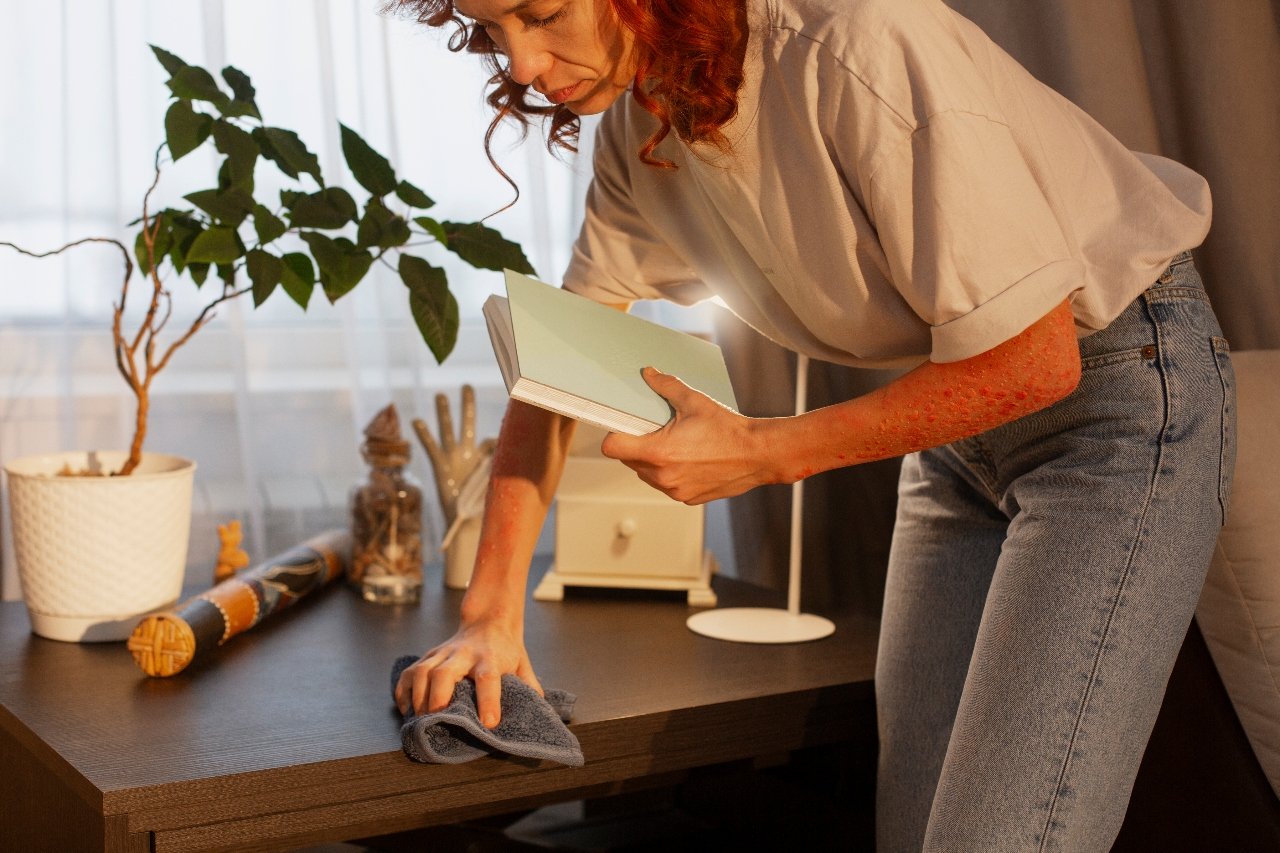10 Essential Tips for a Well-Maintained Home

Maintaining your home isn’t just about keeping it visually appealing; it’s a crucial step toward preserving its value, ensuring longevity, and creating a safe, comfortable space for everyone inside. Without regular upkeep, even minor issues can escalate into expensive repairs. This guide provides 10 actionable tips to help you stay on top of home maintenance so you can enjoy peace of mind knowing your property is in excellent condition.
Tip 1: Regularly Inspect Your Home’s Exterior
Your home’s exterior is its first line of defense against the elements. Regular inspections can help you spot early signs of damage like cracks, peeling paint, or pests that may be threatening your structure.
Look for:
- Cracks in the foundation or walls.
- Chipped paint or wood rot on doors and windows.
- Signs of termites, ants, or other pests.
Make repairs promptly, as addressing small issues early prevents them from turning into costly problems. Power-washing your siding annually can also keep it looking fresh and protect it from grime buildup.
Tip 2: Clean Gutters and Downspouts
Clogged gutters can lead to serious issues like roof damage, foundation erosion, or water pooling. Cleaning your gutters and downspouts at least twice a year, especially during fall and spring, can help prevent blockages.
Cleaning tips:
- Use a small trowel to scoop out leaves and debris.
- Flush gutters with a garden hose to ensure water flows freely.
- Install gutter guards to minimize debris accumulation.
Don’t forget the downspouts! Make sure they direct water at least 5 feet away from your home’s foundation to avoid any unwanted water damage.
Tip 3: Check and Maintain Your HVAC System
Your heating, ventilation, and air conditioning (HVAC) system works year-round to keep your home comfortable. Routine maintenance will extend its life and keep energy costs in check.
Checklist for maintaining your HVAC:
- Replace air filters every 1-3 months.
- Schedule professional inspections annually.
- Clear debris around outdoor units for proper airflow.
By properly maintaining your HVAC system, you’re not just enhancing its efficiency; you’re also improving your home’s air quality.
Tip 4: Inspect Plumbing for Leaks
Even small plumbing leaks can waste hundreds of gallons of water over time and lead to water damage or mold growth. Regularly inspect areas like under sinks, around toilets, and near water heaters.
Key areas to check:
- Faucets that drip even when turned off.
- Pipes in the basement or crawl spaces.
- The water meter when no water is being used (a moving meter could indicate a hidden leak).
If you notice rust or corrosion around pipe joints, consider using a rust remover spray to prevent further deterioration.
Tip 5: Test Smoke and Carbon Monoxide Detectors
Safety should be a priority in every home. Smoke and carbon monoxide detectors are crucial lifesavers. Testing their functionality is simple but often overlooked.
How to maintain them:
- Test detectors monthly using their “test” button.
- Replace batteries at least once a year, or when you hear a low-battery chirp.
- Replace detectors every 7-10 years.
These small tasks could make all the difference when it comes to protecting your household.
Tip 6: Maintain Your Yard and Landscaping
Your yard is an extension of your home and, when maintained properly, it boosts curb appeal. Beyond aesthetics, overgrown trees or poorly maintained grass can sometimes pose functional hazards.
Yard maintenance tips:
- Trim trees and shrubs to avoid damage during storms.
- Mow your lawn regularly and ensure it’s well-irrigated.
- Avoid planting trees too close to your home, as roots can harm the foundation.
A well-groomed outdoor space can also increase the value of your property.
Tip 7: Check and Repair Roofing
A damaged roof can easily lead to costly water leaks or structural damage. Inspecting and repairing your roof ensures it remains an effective barrier against the elements.
Roof inspection essentials:
- Look for loose or missing shingles.
- Check for signs of mold, mildew, or algae growth.
- Inspect underlayment or flashing for wear.
If climbing on a roof feels unsafe, consider hiring a professional roofing contractor to take care of the inspection.
Tip 8: Inspect and Maintain Electrical Systems
Faulty electrical systems can pose serious risks, from power outages to dangerous house fires. Stay proactive by periodically examining your outlets, wiring, and circuit breakers.
Warning signs to watch for:
- Flickering lights.
- Sparking sockets or outlets.
- Frequently tripped breakers.
It’s best to call a licensed electrician for more comprehensive inspections to ensure everything is in proper working order.
Tip 9: Seal Windows and Doors for Energy Efficiency
Drafty windows and doors not only make your home uncomfortable but also increase energy bills. Properly sealing these gaps improves insulation and keeps the temperature steady indoors.
How to seal gaps:
- Use weatherstripping around doors.
- Apply caulking to window frames.
- Replace old or damaged seals.
By enhancing your home’s energy efficiency, you’ll save money and reduce your carbon footprint.
Tip 10: Clean and Organize Your Home Interior
Lastly, don’t underestimate the importance of a clean and organized interior. Regular tidying can help reduce clutter, prevent pests, and make your home feel more welcoming.
Interior maintenance steps:
- Dust and vacuum regularly to maintain air quality.
- Deep clean carpets and upholstery annually.
- Declutter rooms to create more practical, livable spaces.
A clean home isn’t just about appearances; it fosters a sense of calm and well-being.
Conclusion
Now that you have these essential home maintenance tips, start incorporating them into your routine. By staying proactive and addressing small issues promptly, you can save yourself time and money in the long run. Your home is a valuable investment, so make sure to take care of it with regular maintenance. Remember, prevention is key!











